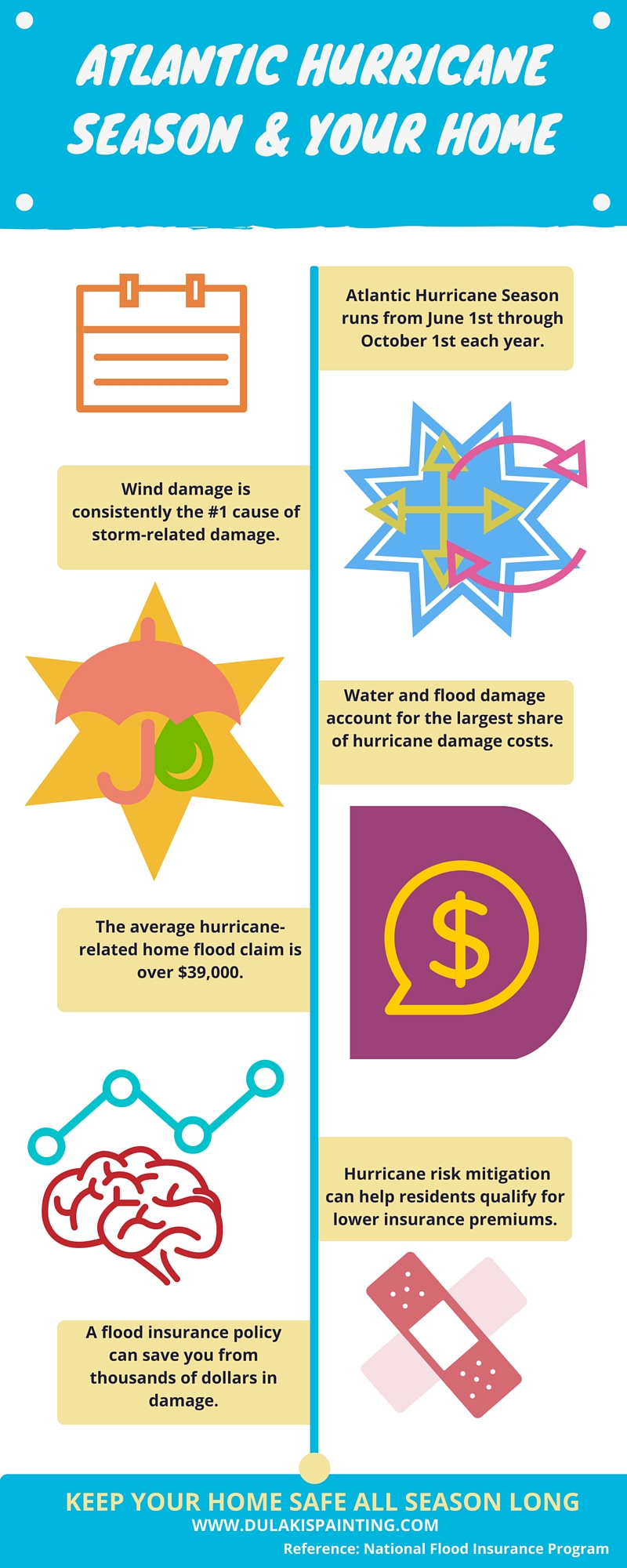Important Seasonal Aspects Of Commercial Outside Paint: What You Must Understand
Important Seasonal Aspects Of Commercial Outside Paint: What You Must Understand
Blog Article
Staff Writer-Regan Browne
When you're intending an industrial external paint job, seasonal aspects can make or damage your results. You'll want to take into consideration exactly how temperature and humidity impact paint application and drying out times. Choosing the best period can ensure your paint adheres effectively and lasts longer. Yet which seasons are truly the most effective for this sort of job? Allow's explore the key elements that can impact your task's success.
The Impact of Temperature Level on Paint Application
When you're planning an industrial exterior painting job, the temperature level can significantly affect just how well the paint adheres and dries out.
Ideally, you want to repaint when temperatures range between 50 ° F and 85 ° F. If it's also cool, the paint might not cure appropriately, leading to issues like peeling off or cracking.
On the flip side, if it's too warm, the paint can dry out also promptly, preventing correct attachment and leading to an uneven surface.
You should also take into consideration the moment of day; morning or late afternoon offers cooler temperature levels, which can be more desirable.
Constantly inspect the maker's referrals for the details paint you're utilizing, as they typically supply advice on the perfect temperature level variety for ideal outcomes.
Moisture and Its Result on Drying Times
Temperature level isn't the only ecological aspect that influences your commercial outside painting project; humidity plays a significant function as well. High humidity degrees can reduce drying times significantly, affecting the overall quality of your paint task.
When the air is filled with moisture, the paint takes longer to heal, which can lead to concerns like inadequate attachment and a greater threat of mold growth. If you're painting on a particularly humid day, be planned for prolonged delay times between layers.
It's crucial to keep track of local weather and plan accordingly. Ideally, go for humidity degrees between 40% and 70% for optimum drying out.
Maintaining these factors in mind ensures your task stays on track and supplies a long lasting finish.
Best Seasons for Commercial Outside Paint Projects
What's the very best time of year for your commercial exterior paint projects?
Spring and early fall are commonly your best options. Throughout these periods, temperature levels are mild, and moisture degrees are typically reduced, developing excellent conditions for paint application and drying out.
Prevent summertime's intense heat, which can cause paint to dry too promptly, resulting in bad bond and coating. In a similar way, wintertime's cool temperature levels can hinder correct drying and treating, risking the long life of your paint job.
Go for days with temperature levels between 50 ° F and 85 ° F for ideal outcomes. Keep in painting house exterior to examine the local weather prediction for rain, as wet problems can wreck your task.
Planning around these elements guarantees your painting job runs efficiently and lasts much longer.
Verdict
To conclude, preparing your industrial exterior paint tasks around seasonal considerations can make a considerable distinction in the outcome. By organizing job during the perfect temperatures and humidity levels, you'll ensure much better bond and drying out times. Bear in mind to keep an eye on regional weather report and select the right time of year-- springtime and early fall are your best options. Taking https://www.womansworld.com/posts/home/house-painting-hacks will assist you achieve a resilient and expert finish that lasts.
